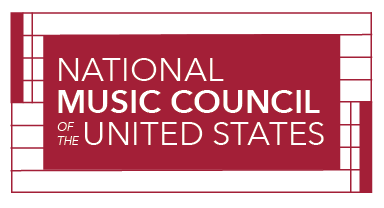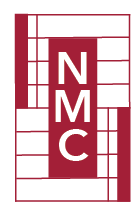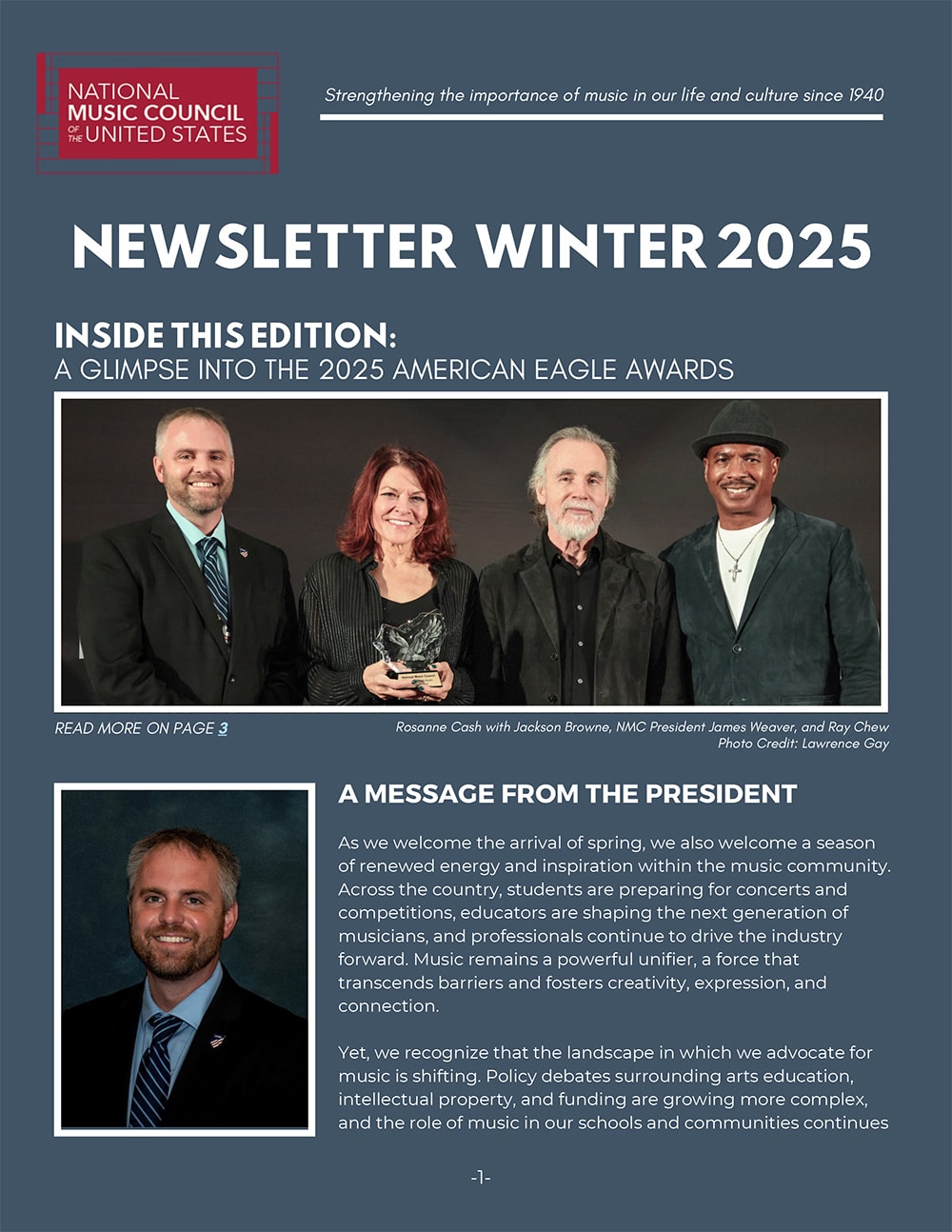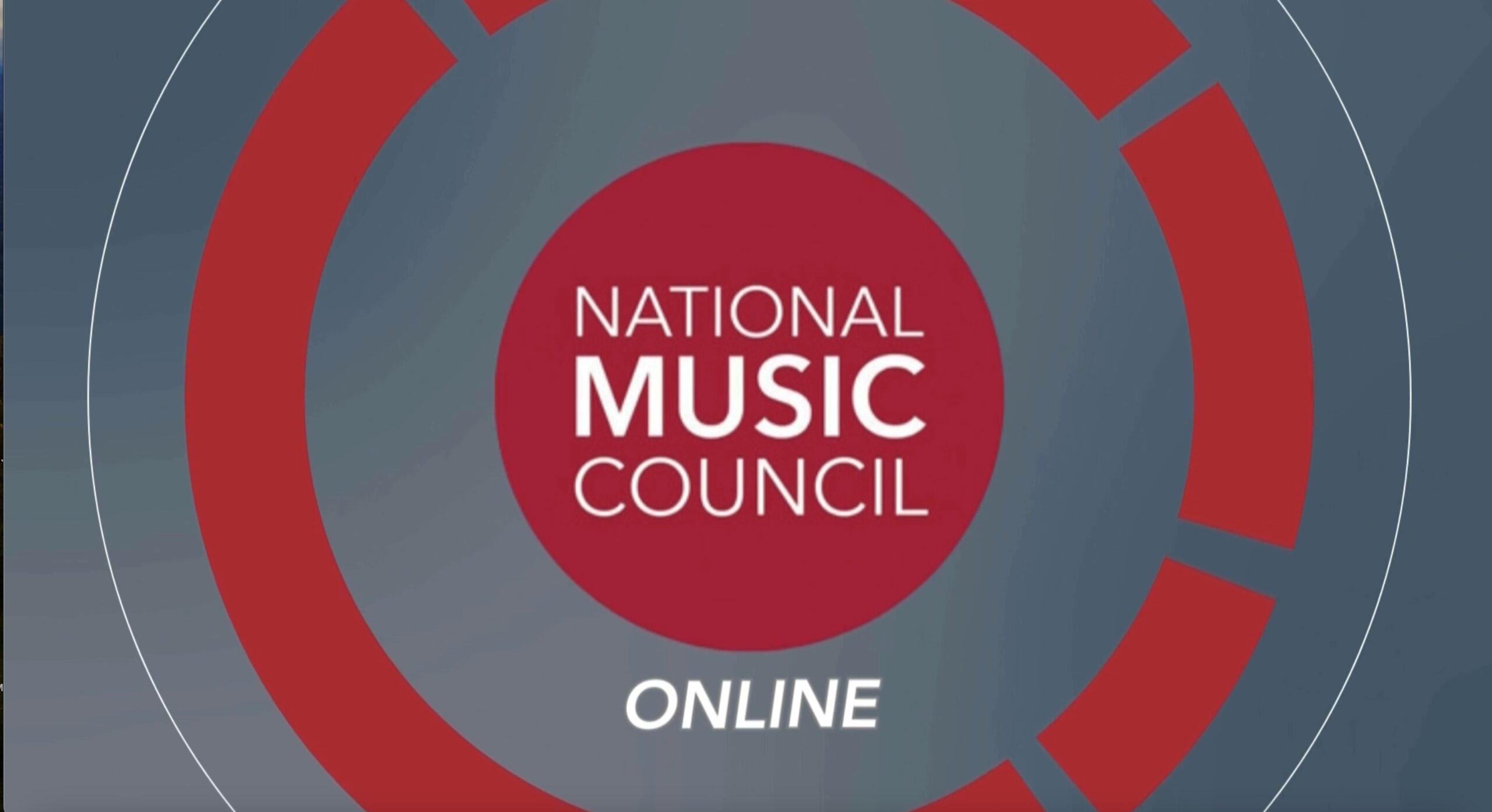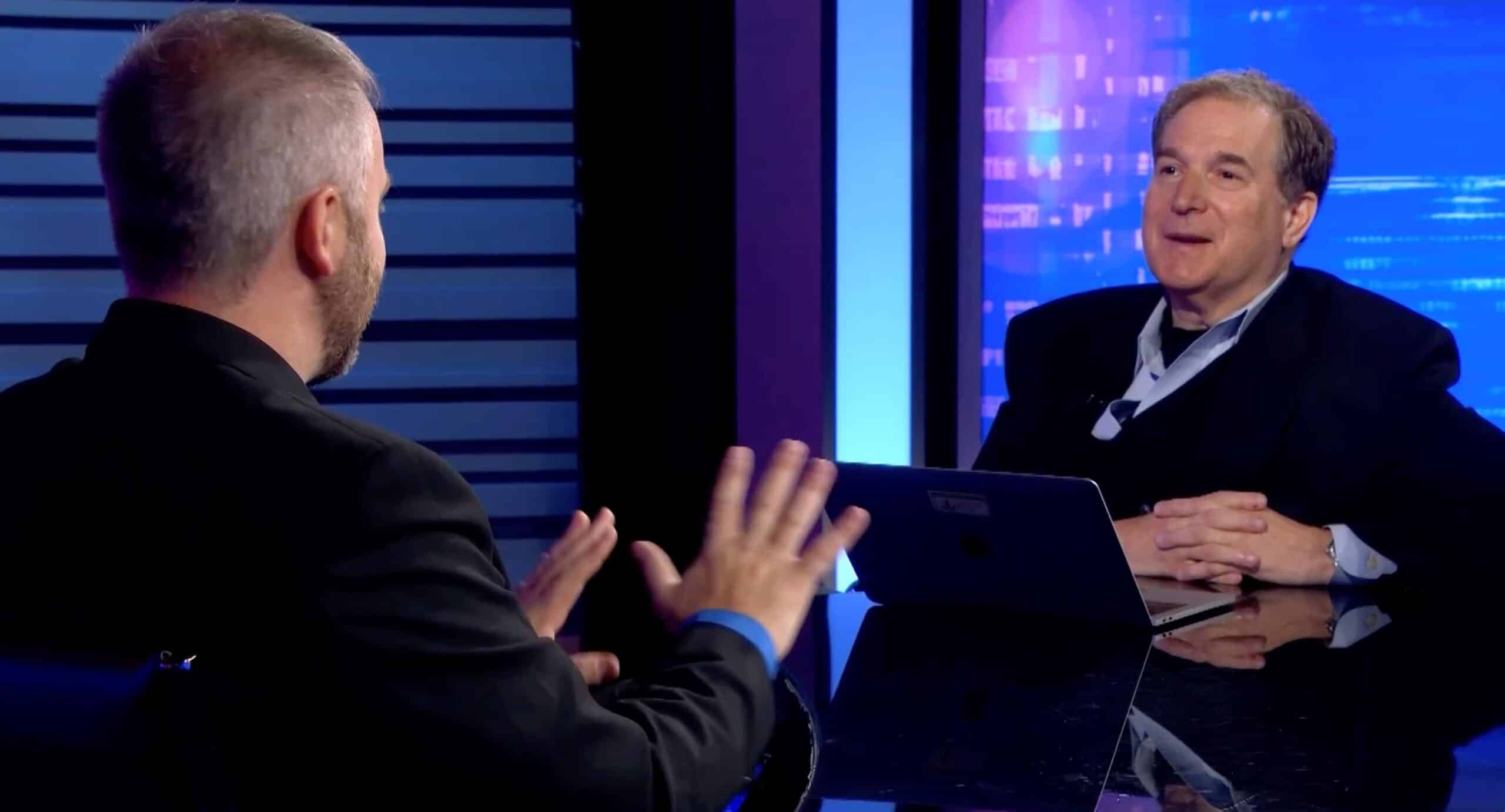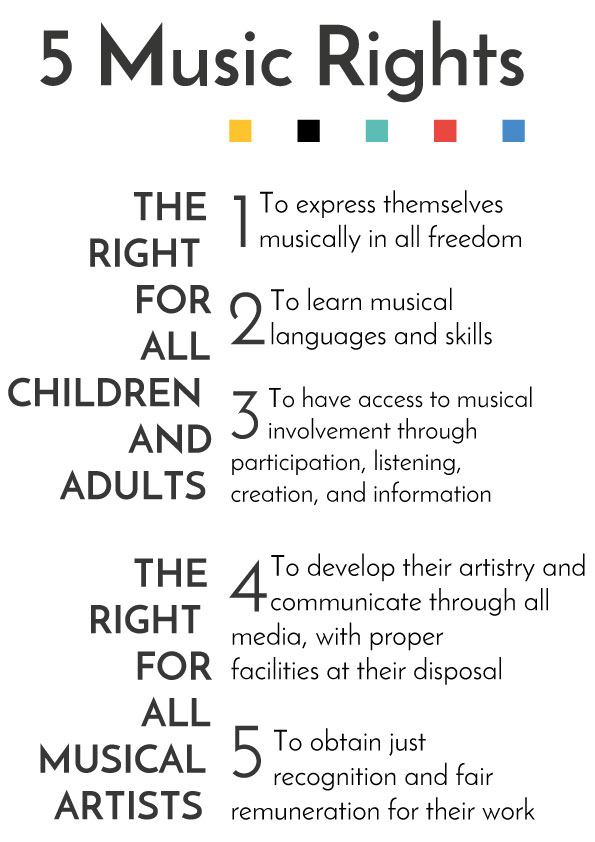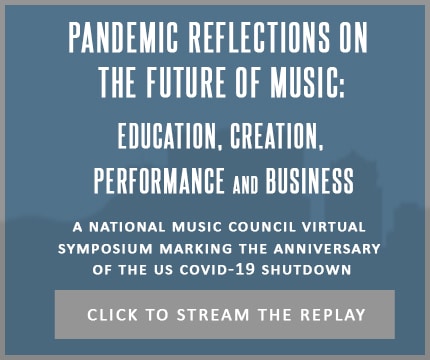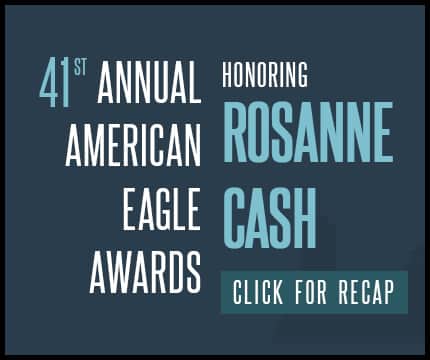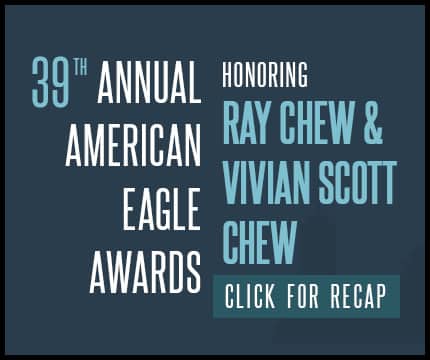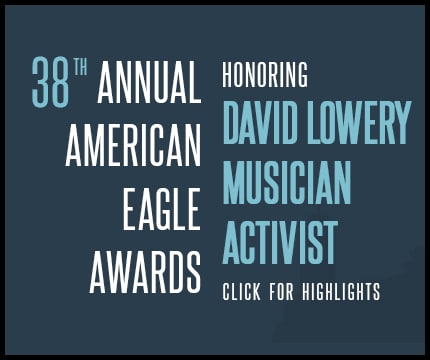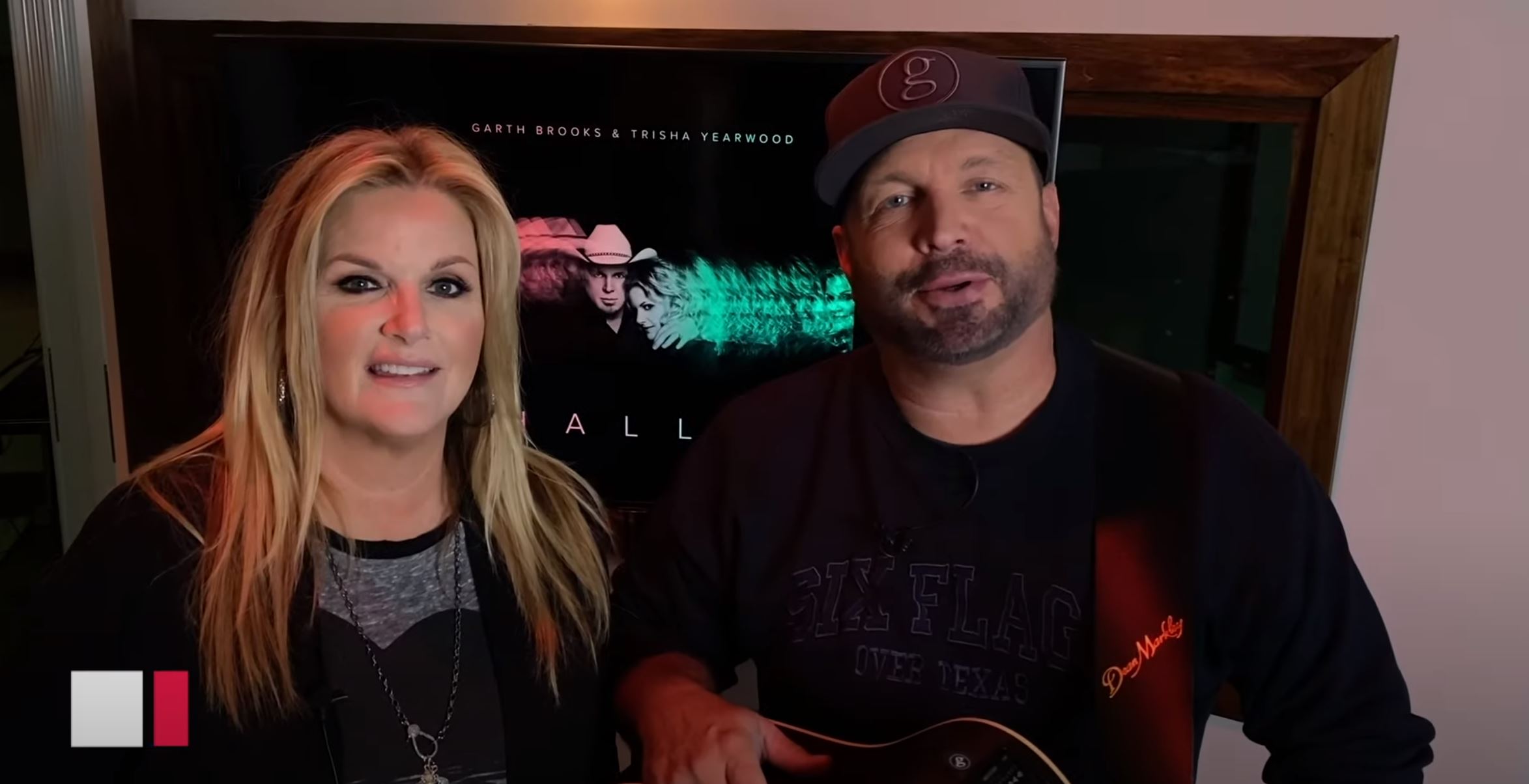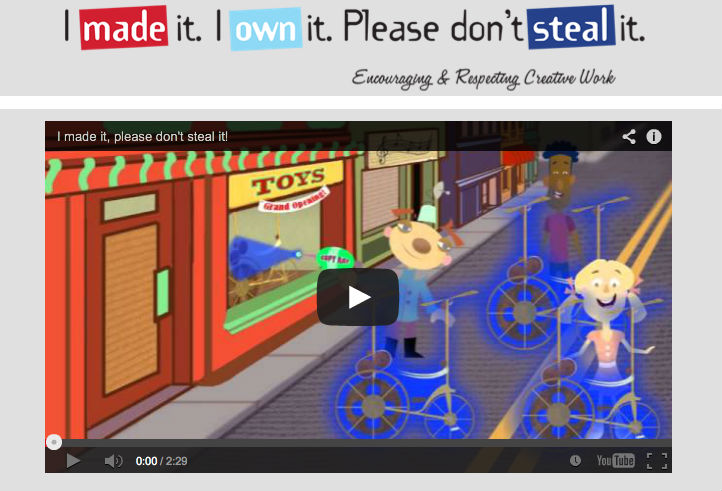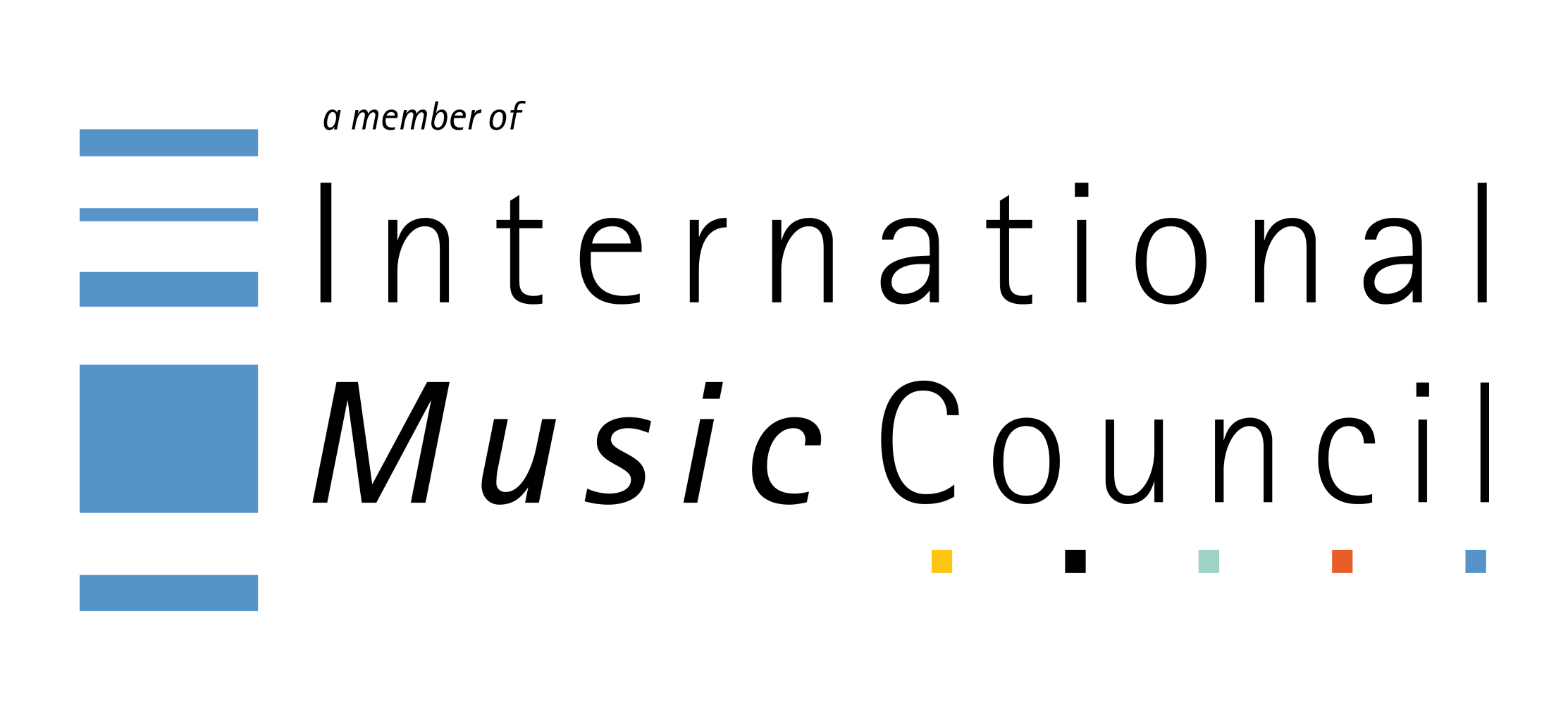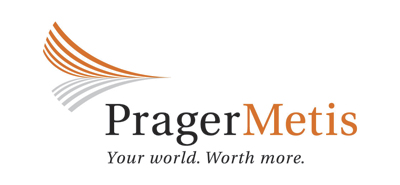Action Request: Making Policy Work for Music Education

Mike Blakeslee, NAfME
Every member of the National Music Council knows that the health of our musical culture depends on many factors: the distribution of published and recorded music, the manufacture and sales of instruments, accessories, and technologies, and more. But every area of activity in music is based on a strong, ongoing system for providing an education in music to all.
While education can take many forms and show up in many places, the most important – and most nearly universal – venue for music education is in our nation’s schools. And those schools collectively form a system that is truly enormous, serving nearly 75 million students.
As in all large systems, there can be a daunting set of policies that drive and direct our schools. At the Federal level, the controlling legislation is the Every Student Succeeds Act (ESSA), a rare bipartisan success passed in 2015 and listing music for the first time specifically as a part of a “well-rounded” education. Other legislation, including the Perkins Vocational and Technical Education Act and the Higher Education Act, plays a part. And every year, Washington DC goes through a process to determine to what extent those Acts get funded.
That process can get pretty specific: one of the most important parts of ESSA funding, for example, has to do with Title IV, Part A of that act, which includes a fund for delivering a well-rounded education. But as we delve down into the details, one thing becomes uniformly obvious – the most important actions to support music education take place at the state and local levels. Those ESSA dollars are granted by the Feds, but distributed by the states to meet the goals and standards of those states and their local education agencies. You can find lots of information at this link.
Fortunately, 30 states and the Department of Defense Dependents Schools have adopted or adapted the National Standards for music that were disseminated in 2014. That fact gives us a common language for discussing what is needed in a good school program.
So, what can an individual or association connected with the Council do? There are three basic components:
- Educate yourself on the Standards (which can be found at nafme.org/standards; take a good look at the “Opportunity to Learn” standards while you’re there to see what resources are expected in a standards-based education).
- Keep tuned to news about changes in Federal legislation and appropriations. The Higher Education Act has been queued up for some time, and may move forward any time. A good source for keeping up is the Advocacy section of NAfME.org.
- Most important of all, remember that all education is local. More than ninety percent of funding for education comes from the state and local level – and arguably, more than ninety percent of the relevant decisions reside there, as well. Take a look at the Civic Action Field Guide, or visit the NAMM Foundation web site at nammfoundation.org for ideas.
But mostly, get involved in your local community and particularly in doing what you can to help in communities in your state that may not offer a credible music education to students. We have a basically strong system of music education – but all too many students are simply shut out.
As a member of the NMC, you and your colleagues are devoted to music. As citizens and leaders, you are involved in your local and state communities, and often your reach extends far beyond that. Let decision-makers know that!
